Our platform for your preclinical
research on the human heart muscle.
Visualization of our engineered myocardial tissues is digitally enhanced.
The initial starting point and pacemaker of the heartbeat.
The biochemical link between excitation and contraction of the heart.
The biochemical link between excitation and contraction of the heart.
Visualize the mechanical (pumping) power of the heartbeat.
Our Technology

Our trinity measurement reveals what has so far remained hidden: electrical signals, calcium dynamics, and contractile force – simultaneously, perfectly synchronized and on a single heart tissue.
These three core parameters provide an unprecedented depth of insight – the key to better predictability and faster decision-making in drug development.
Our Technology

Our trinity measurement reveals what has so far remained hidden: electrical signals, calcium dynamics, and contractile force – simultaneously, perfectly synchronized and on a single heart tissue.
These three core parameters provide an unprecedented depth of insight – the key to better predictability and faster decision-making in drug development.
You bring your substances – we deliver robust data
You choose the target, the design and the compounds – we provide guidance on the optimal strategy for assessing efficacy, cardiotoxicity biodistribution.
We generate and characterize human heart tissues from iPSCs. You choose between myotwins cell lines or your own.
Your experiment runs sterile and automated on our platform – controlled conditions lead to robust results.
Get data and reports with your results providing maximum informative value.
myotwin combines two key advantages: it not only measures three functional parameters of excitation-contraction coupling, but for the first time also measures passive forces such as tissue stiffness – a key factor in diastolic dysfunction. This enables comprehensive analysis of mechanical deficits – ideal for both phenotypic and target-based drug design
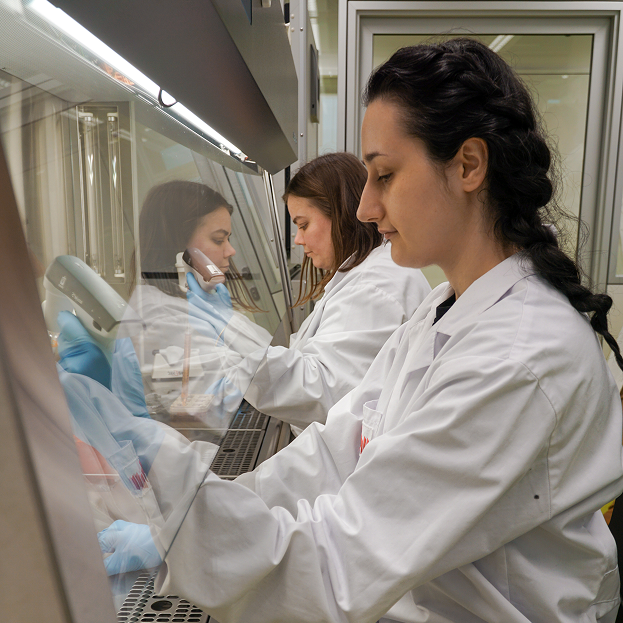
Cardiovascular diseases account for over 30% of all deaths worldwide each year
JACC. 2023 Dec, 82 (25) 2350–2473
Heart drug development shows extremely low success rates and only 3% growth in 5 years.
Mullard A. Parsing clinical success rates. 2016; 15(7):447–447
Thomas D. et al Clinical Development Success Rates, 2021
Cardiovascular diseases are the most common cause of death. Yet new drugs remain scarce. Animal studies often provide insufficient data. Many compounds fail late – costly and avoidable.
myotwin delivers reliable human data early – enabling faster and safer decisions.
De-risking through valid data.
Animal experiments often yield only limited transferable results. There are significant genetic, physiological, and ethical differences between animals and humans.
Our approach: human heart tissue derived from human stem cells (iPS), combined with multiparametric measurement.
More insight. Less animal suffering.
Olson, H. et al. Concordance of the toxicity of pharmaceuticals in humans and in animals. Regul. Toxicol.
Pharmacol. RTP 32, 56–67 (2000).
Van Norman, G. A. Limitations of Animal Studies for Predicting Toxicity in Clinical Trials: Is it Time to
Rethink Our Current Approach? JACC Basic Transl. Sci. 4, 845–854 (2019).
Lal, S., Li, A. & Dos Remedios, C. Limitations in Translating Animal Studies to Humans in Cardiovascular
Disease. J Cardiovasc. Transl. Res. 9, 165–166 (2016).
Transferability of research results to humans.
At myotwin, we are developing a data-driven platform for heart research and drug development. By combining human-based 3D tissues, multi-parametric measurement technology, and digital analysis processes, we enable better predictions – creating a paradigm shift in heart drug development and laying the foundation for personalised therapy approaches.

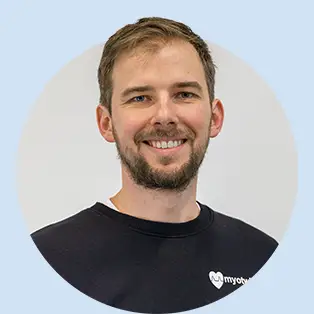

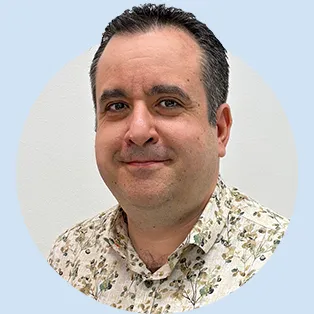
Scientific Team Lead
Biologist specialized in cardiovascular diseases.

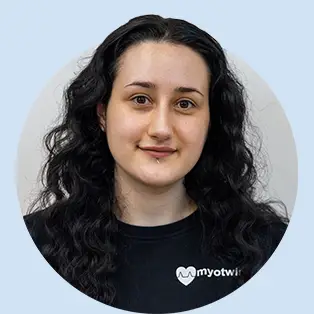

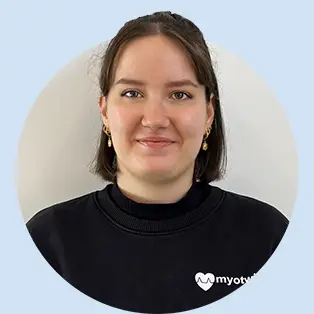

Would you like to work with us and kickstart your project?
We look forward to hearing from you!
Leave your contact details and a few keywords about your enquiry – our team will get back to you personally as soon as possible.
Our technology precisely and non-invasively captures the electrical activity of heart tissue using numerous microelectrodes. Key parameters such as spike amplitude – a measure of excitation strength – and field potential duration (FPD), which correlates with the QT interval, are recorded. These parameters provide critical information about the electrophysiological integrity of the tissue and enable early detection of potential arrhythmias.
Field potentials help detect early on whether the heart’s electrical balance is being disturbed – a key factor in preclinical drug development and safety assessment.
Our technology visualizes calcium oscillation inside heart muscle cells in real time using fluorescence-based markers. This enables detailed analysis of calcium transients – the rapid rise and fall of calcium levels during the cardiac cycle.
Parameters such as amplitude, frequency, rise time, and decay time provide insights into cellular calcium handling – a central mechanism for triggering and regulating the heartbeat.
Calcium transients provide valuable information about the functionality of the excitation-contraction coupling and are crucial for identifying active substances with inotropic or proarrhythmic effects.
The contractile force of our 3D heart tissue is continuously and non-invasively measured throughout the entire experiment using integrated force sensing. In addition to active contractile force (Active Force), we also measure tissue tension (Passive Force), which directly correlates with tissue stiffness.
Parameters such as contractile force and tension, as well as beat frequency and stiffness, provide a comprehensive picture of the tissue’s biomechanical properties.
This comprehensive contraction analysis not only enables the characterisation of contraction disorders, but also the development and validation of disease models – for example, in diastolic dysfunction or fibrotic tissue changes.
Electrophysiology
Measurement of extracellular electrical activity for the analysis of excitation and arrhythmias
Intracellular calcium
Analysis of calcium transients for evaluation of excitation-contraction coupling
Active contraction force
Measurement of tissue force development during the systolic phase
Tissue stiffness
Continuous analysis of passive forces to evaluate diastolic properties
Trinity Measurement
Simultaneous measurement of electrophysiology, calcium and contraction in a single experiment
Cardio specificity & penetration
Analysis of drug uptake and distribution as well as cell-specific effects in heart tissue
under development
Ischemia/reperfusion
Acute model for heart attack
LPS-induced cardiomyopathy
Inflammation model for investigating toxins
HFpEF
Model for diastolic heart failure
under development
Mechanically induced fibrosis
Model for tissue stiffness due to overload
under development
Chemically induced fibrosis
Fibrosis model caused by cellular toxins
under development
Dilated cardio myopathy (DCM)
Model for ventricular enlargement
under development
With Trinity Measurement, we don’t just collect data – we provide a multidimensional view of the heart tissue. Only myotwin enables the direct correlation of electrical excitation, calcium dynamics, and contractile force – uncovering relationships that remain invisible in other systems.
Detect coupling faults in real time
Our data shows precisely where and when a signal loss occurs between excitation and force – crucial for diagnostics and drug response.
Stiffness analysis with functional context
Passive force alone is of limited significance – myotwin puts it into context with active parameters.
Data depth that AI can truly leverage
Structured and synchronized signals create a training level that standard models cannot achieve.
Our technology makes differences between healthy and diseased tissue directly visible – for example, in HFpEF or fibrosis. This enables early and reliable assessment of drug effects – within a unique, high-resolution dataset.
Sie möchten mit uns zusammenarbeiten und Ihr Projekt anstoßen?
Wir freuen uns auf Ihre Nachricht!
Hinterlassen Sie Ihre Kontaktdaten und ein paar Stichworte zu Ihrem Anliegen – unser Team meldet sich zeitnah persönlich bei Ihnen.